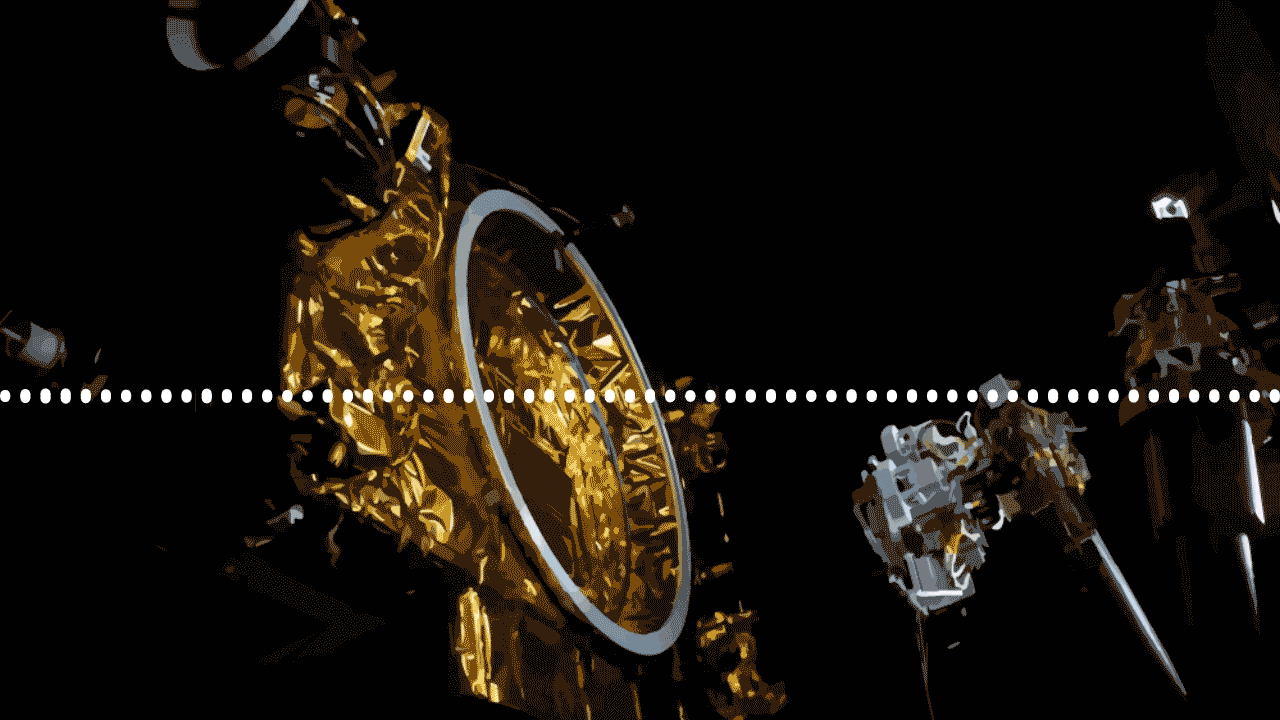The Robotic Operations Center (ROC) at NASA’s Goddard Space Flight Center in Greenbelt, Maryland, is full of whirring and buzzing machines that share a purpose: to help robots get ready for space.
The ROC acts as an incubator for robotic development. The lab, which is about the size of a school gymnasium, is lined with long black curtains that, when the lights are turned off, simulate the darkness of space. The entire facility is designed to imitate how robots will look, move and work in space.
Listen to the buzzing and whirring of robots that help shape the future of space exploration. NASA robotics technologist Brian Roberts takes you on a sound tour of the lab where robots are tested for spaceflight. Credits: Produced at NASA’s Goddard Space Flight Center by Katie Atkinson
- Download (65.1 MB WAV) | Transcript
- Additional multimedia for this story from NASA Goddard’s Scientific Visualization Studio
The robotics team tests technologies and operations for future satellite servicing, exploration and science missions. The engineers here envision a future where robots make space exploration more cost-effective and astronaut tasks more efficient.
Working with robots is all about experimentation. Mockups and engineering units help the team test and tweak robots before launch.
“Just like a sports team practices before they play a game, we practice with robots as well,” said Brian Roberts, a robotics technologist at Goddard. “We work out all the details of how to put the robot together and make sure it works before we build the more expensive flight unit.”
The sounds you hear come from three sprightly robots: a robotic arm, motion platform and an industrial robot called Motoman SIA20D. These sounds were recorded in NASA Goddard’s Robotic Operations Center. Credit: Produced at NASA’s Goddard Space Flight Center by Katie Atkinson
- Download “Robot Sounds” (14. 2 MB WAV)
- Additional multimedia for this story from NASA Goddard’s Scientific Visualization Studio
The ROC currently houses a number of robots, from robotic arms to six-legged satellite mounts. The combination creates a sound-rich lab environment. Some robots sound like hail hitting a tin roof, while others emulate the sounds of engines revving. These robots are revolutionizing the way we think about future space exploration.
“Where we’re headed with robots and space is really to allow them to be more tightly integrated with the humans working outside a module or on the surface of a planetary body, whether the Moon or Mars,” Roberts said. “We really want to take that to the next step now.”
Related:
By Katie Atkinson
NASA’s Goddard Space Flight Center, Greenbelt, Md.



























